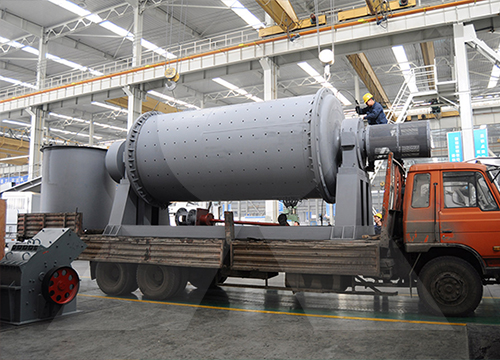The Role of Ball Mills in Ore Processing
Ball mills play a crucial role in the field of ore processing, acting as a key piece of equipment in the comminution process. Their primary function is to grind ore into finer particles, facilitating the subsequent steps in mineral extraction and processing. Understanding the intricacies of how ball mills operate and their importance in ore processing can provide valuable insights into their applications and advantages.
The Basics of Ball Mills
A ball mill is a cylindrical device that rotates around a horizontal axis, partially filled with the material to be ground plus the grinding medium, usually steel balls. As the mill rotates, the motion of the balls crushes the material, resulting in the fine powder necessary for further processing.
Applications in Ore Processing
- Size Reduction: Ball mills are essential for reducing the size of ore particles, making it easier to extract valuable minerals. The grinding process helps in breaking down large chunks of ore into smaller pieces, increasing the surface area for chemical reactions.
- Mineral Liberation: The grinding action in a ball mill helps liberate minerals from the ore matrix. This is critical for the efficiency of subsequent processes like flotation and leaching, as it enhances the exposure of the mineral surfaces to reagents.
- Homogenization: Ball mills contribute to the homogenization of the ore slurry, ensuring that the mixture is uniform. This uniformity is crucial for maintaining consistent processing conditions and achieving optimal recovery rates.
- Preparation for Further Processing: The finely ground ore produced by ball mills is often subjected to further processing steps, such as flotation, leaching, or magnetic separation. The efficiency of these processes is significantly influenced by the particle size distribution achieved by the ball mill.
Advantages of Using Ball Mills
- Efficiency: Ball mills are highly efficient in terms of energy consumption and grinding capacity. They can handle a large volume of ore and operate continuously, making them ideal for large-scale mining operations.
- Versatility: Ball mills can be used for various types of ore, including metallic and non-metallic minerals. This versatility makes them suitable for a wide range of mining and processing applications.
- Controlled Operation: The operation of a ball mill can be easily controlled, allowing for precise adjustments to grinding parameters such as rotation speed, ball load, and slurry density. This control helps optimize the grinding process and improve the quality of the final product.
Innovations and Improvements
In recent years, advancements in technology have led to significant improvements in ball mill design and operation. Innovations such as advanced control systems, high-efficiency separators, and improved liners have enhanced the performance and durability of ball mills. These improvements contribute to reduced energy consumption, lower operational costs, and increased productivity.
Conclusion
Ball mills are indispensable in the ore processing industry, providing essential services in size reduction, mineral liberation, homogenization, and preparation for further processing. Their efficiency, versatility, and controllable operation make them a cornerstone of modern mining operations. As technology continues to advance, the role of ball mills in ore processing is likely to become even more significant, driving improvements in extraction efficiency and overall productivity.
- > Requirements for Washing When Producing Manufactured Sand with an Impact Crusher
- > Exploring the PEX 250×1000 Jaw Crusher in Australia: Key Features and Applications
- > The Role of Cone Crushers in Indonesia’s Mining and Construction Industries
- > Application of Crawler Mobile Impact Crushers in Mountain Road Construction
- > Common Material Blockage Issues in Vibratory Feeders: Causes, Solutions, and Prevention Tips
- > The Indispensable Role of a Jaw Crusher in Railway Ballast Production
- > Application of Crawler Mobile Crusher in Zambia Copper Mines
- > Mobile Jaw Crusher for Gold Mining in Chile: Enhancing Efficiency in Ore Processing
Hot Product


Online




Message

